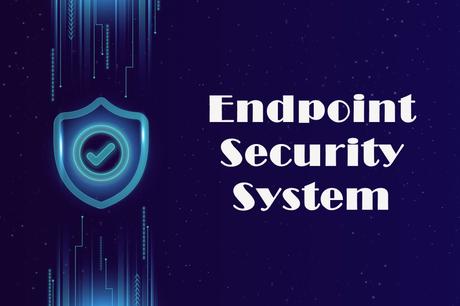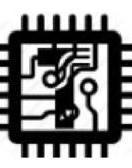
Internet is already changing the world.
A lot of people work remotely as part of their job, which means the internet is already altering the way business is done. With this comes an increase in the number of devices to benefit from this transformation.
In recent years, we have seen an increase in the introduction of malware variants, skyrocketing the number of cyber-attacks on end-user devices. As endpoint threats become more refined and abundant, the need for proper endpoint protection and a more sophisticated and advanced endpoint security system is more important today than before.
What’s considered an endpoint?
A device is considered an endpoint if it is connected to a network.Endpoints include; Mobile devices, laptops, desktop computers, tablets, printers, smartwatches, ATMs and other commonly thought of devices. Because these endpoints are entry points for threats and malware, they are the preferred target of enemies.
As the different endpoint devices have evolved and stretched out over time, the security systems to safeguard them against intruders have also had to adjust.
What’s an Endpoint Security System?
Endpoint security is the practice of providing companies with the means to protect all the entry points of end-user devices such as mobile devices, desktop computers, laptops, and the likes from being utilized by malicious invaders.The endpoint security system makes use of encryption and application control to protect end-user devices that are gaining access to an organization’s network. These security tools monitor and block dangerous activities.
In addition to monitoring and securing entry points of end-user devices, application control helps prevent users from installing unauthorized software applications that are capable of creating vulnerabilities in the organization’s network. Encryption also helps removable storage devices prevent data leak and data loss.
Traits of a Great Endpoint Security System
Not all endpoint security systems are the same. Read on to discover the 5 traits a great endpoint security system must have to choose the right software for your company.● Policy Management
Simply put, policy management ensures you set certain rules that guide users and devices. The number one task for endpoint security systems is ensuring that authorized users and devices only can connect to the network. This usually entails setting username and password to authenticate approved devices. Business organizations make use of this tool to decide who gets access to specific data.In addition to setting policies for devices and users, you can set up override protocols that allow higher officers to access data whenever they need it.
● Device Control
This is a must-have feature for a good endpoint security system to allow users to monitor the external devices that are connected to the endpoint, usually through USB. This feature enables organizations to monitor and control the devices that can upload or download data, access the registry or hardware. Nevertheless, some systems also can inspect cloud storage, Bluetooth connection, local disks and cd drives. This allows users to choose the device they’d like to block or allow its operation.This feature also supports encryption of any kind of data that gets to an external device. Besides, while continuing to enforce normal policies, device control has, in its capabilities, to extend to endpoints that are not connected to the organization’s network, thereby logging all user activities offline.
● Configuration and Security Management Option
These tools provide a control panel to manage all other endpoint security features. Configuration management is used to establish and make edits to policies. In addition to that, they receive alerts and also detect users when they are trying to override.Speaking of security management, there are two main security options. They are cloud-based security and on-premise security. The cloud-based security option offers security management from a device that has full internet connectivity, while the on-premise option has all its data hosted in a place. While it’s much more difficult to find vulnerabilities in cloud-based security options, hackers can launch attacks on the on-premise option because all the data is hosted in a specific location.
● Data Loss Protection
How would you feel if your data suddenly vanishes? Devastated right? Unlike other regular security tools, a great endpoint security system includes a feature known as “Data Loss Protection”. This feature allows system admins to manage the organization’s network and help prevent data loss across the organization’s endpoints.The data encryption tool helps prevent files from being shared by employees or other persons through the internet. Therefore, access to endpoints to specific users is restricted to ensure only the authorized user is allowed to access the data and hence, the data is not exposed to unauthorized users.
● Advanced Endpoint protection
While regular endpoint security tools safeguard endpoints against known security attacks, top-notch endpoint security systems ensure advanced endpoint protection such as providing protection against both known security threats as well as zero-day threats. They can block cyber-attacks coming from websites, peer to peer software applications, social media platforms, emails and so on, ensuring that your device and that of your employees are protected at all times where the internet is mostly used.Nevertheless, the best endpoint security system should be optimized to prevent network and user slowdowns

